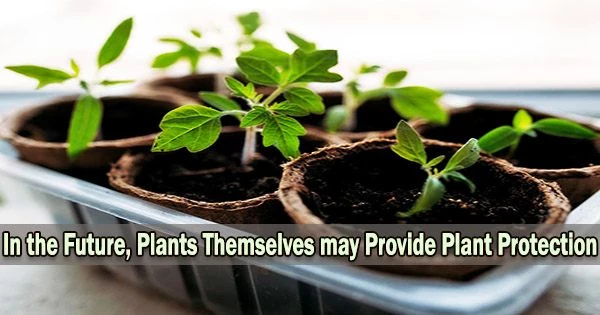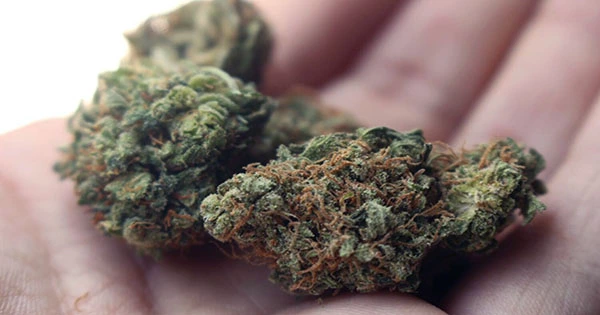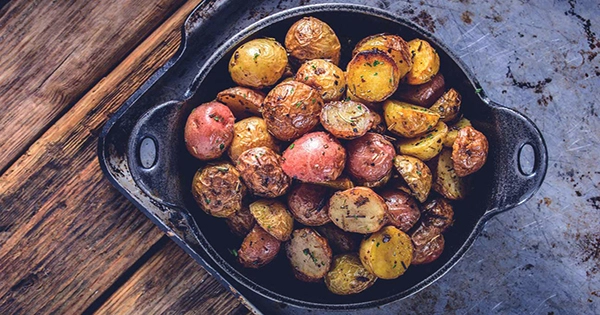Each animal and human has a unique set of chemical and microbiological signatures that in some way affect how they feel. The use of probiotics rather than antibiotics has gained prominence in medicine.
Others than only people and animals also have a tight interaction with their microbiota. Plants exhibit similar relationships with their environments too. Microbes are important for plant health and disease resistance, just as they are in people.
At Aarhus University in Flakkebjerg, Denmark, researchers are studying plants, plant health and plant diseases caused by microbial pathogens. Plant genes that control a plant’s defensive mechanisms greatly influence how well it can combat microbial diseases like bacteria and fungi.
Researchers at AU Flakkebjerg have recently looked at how plants with various resistance characteristics interact with their microorganisms to defend themselves against disease attack.
The research is published in the journal Microbiology Spectrum.
“We have investigated what happens in plants when they are attacked by a pathogen. What changes occur in the plant itself as well as its associated microbial communities (i.e., microbiome) during a pathogen attack? What makes some plants resistant while others are not? To answer these questions, we explored the interaction between plant chemical compounds and the plethora of microbial communities associated with the plant. This is not really a new research area, but by applying new and modern technologies in this study, we have been able to get a much more detailed insight into what is actually going on, in terms of interactions between plant chemicals and microbes,” says Assistant Professor Enoch Narh Kudjordjie, one of the lead researchers from the Department of Agroecology at Aarhus University.
Plants have their own integrated defense system
Similar to people, plants have an immune system that is very important in preventing disease. Plant hormones, secondary metabolites, and helpful microorganisms in and around the plant all play a significant role in controlling plant defense.
We still don’t fully grasp how the intricate parts of this defense mechanism work together to assist the plant defend itself from an attack. There is, however, hope because researchers are making progress in understanding these defense mechanisms by examining various plant genotypes using cutting-edge methods like next-generation sequencing and analytical chemistry platforms.
“We have been working with a model plant known as Arabidopsis thaliana. Arabidopsis genotypes have different levels of resistance to Fusarium oxysporum, a fungal pathogen that attacks several plant species. In the present work we used two Arabidopsis genotypes; one that is resistant and another that is susceptible to Fusarium oxysporum. These contrasting genotypes were chosen to enable us to gain a comprehensive insight into the metabolic and microbial changes which underline resistance and susceptibilities of plants during pathogen attack,” explains Kudjordjie.
We explored the interaction between plant chemical compounds and the plethora of microbial communities associated with the plant. This is not really a new research area, but by applying new and modern technologies in this study, we have been able to get a much more detailed insight into what is actually going on, in terms of interactions between plant chemicals and microbes.
Professor Enoch Narh Kudjordjie
Disease infection
To begin, the scientists exposed two-week-old Arabidopsis genotypes grown in field soil in a greenhouse to Fusarium oxysporum, a fungus that causes fungal infections. They took root and shoot samples at intervals of 5 days beginning 5 days after infection and continuing until day 25 after infection in order to study the changes that occurred during the time of infection. They confirmed the infections by qPCR and by monitoring disease symptoms.
“This way we were absolutely sure that the plants were actually infected. The qPCR test showed a clear difference between the two genotypes, with the resistant genotype having a much lower level of the pathogen than the susceptible one.”
Plant chemistry and microbiome are unique
Kudjordjie continues, “We then continued to explore the differences that may exist in the chemistry and microbiomes in the two genotypes, and we found large differences. As expected, the plant metabolites and hormones studied were distinct in both the healthy and diseased plants, confirming the involvement of certain plant chemical molecules in mediating plant defense. Likewise, we found that microbial composition, as well as microbial community networks, were distinct in healthy and diseased resistant and susceptible plants. Moreover, beneficial bacteria such as the genera Pseudomonas and Rhizobium were mostly enriched in the rhizosphere of infected plants, suggesting an active recruitment of microbes to resist pathogen invasion.”
Plant genes, chemistry and microbial communities are key players
“From a more comprehensive perspective, the present work has deepened our understanding of how plants defend themselves against a fungal pathogen. More importantly, we found a strong and unique association between individual defense metabolites and specific microbes in the healthy and diseased plants of the different genotypes. Further analysis of the genes responsible for plant defense against the pathogen revealed several mutations in various chemical and hormonal pathways in the susceptible plant compared with the resistant plant. These results strongly confirmed that three underlying host components (genes, metabolites and microbiomes), interactively control the plant defense,” explains Kudjordjie.
“Simply put, we found that individual plant genotypes have a unique set of genes that regulate biological activities including metabolic processes mediating the assembly of specific microbiomes during different physiological states of the plant. However, the microbes in the soil also influence what happens in the plant.”
Natural plant protection in the future
Can we imagine a future where plants are cultivated with optimized yield and other agronomic and economic gains without the use of synthetic chemicals?
This will enhance human health and stop agrochemical-related environmental degradation. A growing body of information now points in that direction, and the current conclusions from the AU researchers are crucial to future research projects aimed at creating natural plant protection solutions.
“Although these findings are exciting, we need to harness our knowledge and integrate it into future disease control strategies. One approach from the plant side would be to develop plant genotypes with enhanced levels of defensive metabolites to attract certain microorganisms to fight specific pathogens. This implies that plant breeders would have to include the plant chemistry in their toolbox. Another strategy is to develop microbial inoculants including several beneficial microbes that can optimally enhance plant fitness in varying environments. We are quite optimistic of utilizing microbiomes as plant protectants as well as a possibility to grow ‘super’ crops that are capable of defending themselves against pathogens in the future,” says Kudjordjie.
















